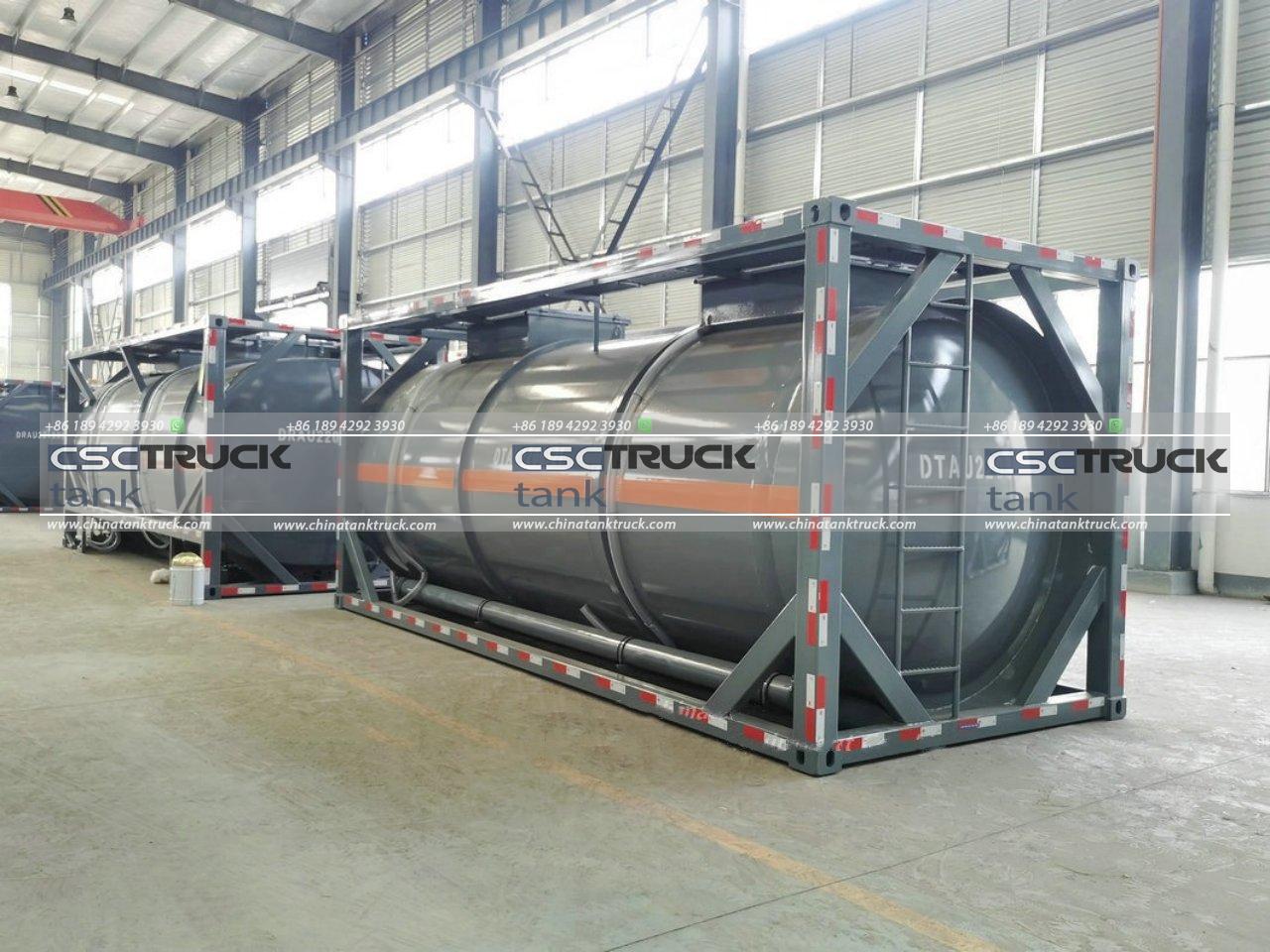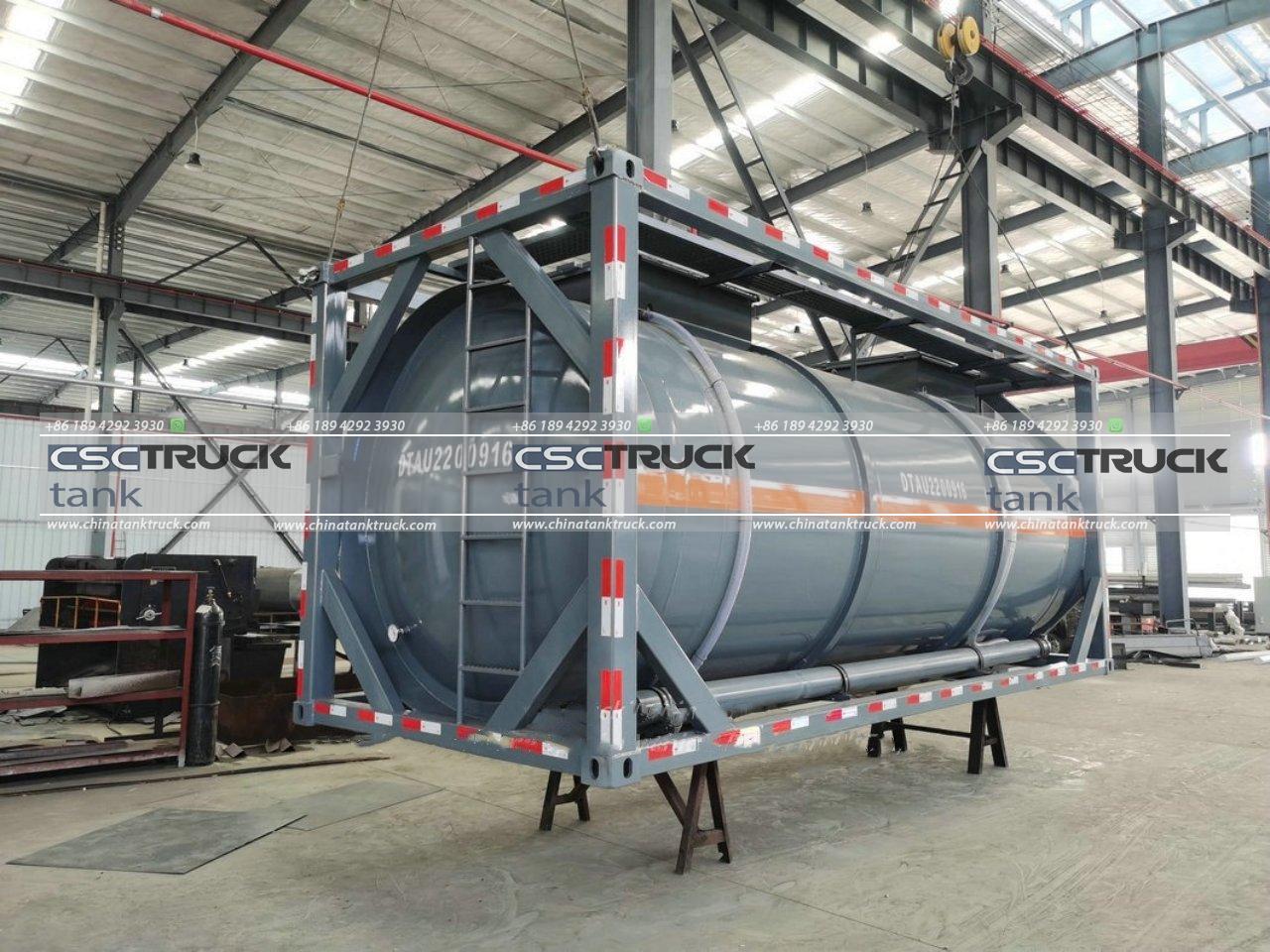What is the Loading Capacity of an ISO Tank?
In the world of global logistics and transportation, the ISO tank stands out as a critical component for the safe and efficient movement of liquids and gases. Understanding the loading capacity of an ISO tank is essential for optimizing logistics operations, ensuring safety, and complying with regulations. This article will delve into the intricacies of ISO tank capacities, including their design, standard sizes, and factors influencing their loading capabilities.
What is an ISO Tank?
An ISO tank, short for International Standards Organization tank, is a standardized, intermodal container designed for the transportation of liquids, gases, and powders. These tanks adhere to international standards, making them suitable for use across various modes of transport, including ships, trucks, and trains. The design of an ISO tank allows for safe and efficient handling of its contents during transit.
ISO tanks are typically constructed from stainless steel or aluminum and feature a robust frame to withstand the rigors of transportation. They are equipped with multiple safety features, including pressure relief valves, temperature gauges, and level indicators, to ensure that the contents are securely contained and managed.

Standard Sizes and Capacities
ISO tanks come in various sizes and capacities, with the most common configurations being 20-foot and 40-foot containers. The capacity of an ISO tank is generally measured in liters or gallons, and the standard tank capacities can vary based on the specific design and intended use.
1. 20-Foot ISO Tank:
– Capacity: Approximately 18,000 to 26,000 liters (about 4,800 to 6,900 gallons).
– Dimensions: The external dimensions of a 20-foot ISO tank are roughly 6.1 meters in length, 2.44 meters in width, and 2.59 meters in height. The tank itself occupies most of the interior space.
2. 40-Foot ISO Tank:
– Capacity: Typically ranges from 25,000 to 32,000 liters (approximately 6,600 to 8,400 gallons).
– Dimensions: A 40-foot ISO tank generally measures around 12.2 meters in length, 2.44 meters in width, and 2.59 meters in height. Like the 20-foot version, the tank is designed to maximize internal volume.
These capacities are approximate and can vary depending on the specific design of the tank, including additional features such as insulation or heating elements for temperature-sensitive cargo.
Factors Influencing Loading Capacity
Several factors influence the effective loading capacity of an ISO tank, including:
1. Tank Design:
– Insulation and Heating: Tanks designed for temperature-sensitive goods may include insulation or heating elements, which can reduce the overall cargo capacity.
– Baffles and Internal Structure: Baffles are internal structures that help stabilize the liquid cargo during transit. While they enhance safety, they may slightly reduce the usable volume of the tank.
2. Regulatory Requirements:
– Maximum Allowable Working Pressure: Different liquids and gases require different pressures for safe transport. The tank’s design pressure limits can affect how much cargo can be loaded.
– Safety Regulations: Compliance with safety regulations and international standards can impact the design and capacity of the tank. For example, tanks used for transporting hazardous materials must adhere to stringent regulations that might influence their design and capacity.
3. Product Characteristics:
– Density: The density of the cargo affects how much can be loaded into the tank. For instance, denser liquids will reduce the volume of the cargo that can be transported compared to less dense liquids.
– Viscosity: Highly viscous liquids may require specialized tanks or modifications that could impact the effective loading capacity.
4. Operational Considerations:
– Weight Limits: The total weight of the tank and its contents must comply with road, rail, or maritime weight limits. Overloading can lead to safety issues and regulatory non-compliance.
– Space for Handling: Adequate space must be considered for loading and unloading operations. While the internal capacity might be high, practical constraints such as handling equipment and procedures can affect operational efficiency.

Practical Applications and Benefits
Understanding the loading capacity of an ISO tank is crucial for various stakeholders, including logistics companies, manufacturers, and regulatory agencies. Key benefits include:
1. Efficiency: Accurate knowledge of loading capacities helps optimize cargo loads, reducing transportation costs and improving efficiency.
2. Safety: Proper loading practices ensure that the tank operates within its safe limits, minimizing the risk of accidents or damage.
3. Compliance: Adhering to regulations and standards ensures that the transport of hazardous or sensitive materials meets legal requirements and industry best practices.
Conclusion
The loading capacity of an ISO tank is a fundamental aspect of its design and functionality. By understanding the standard sizes, capacities, and factors influencing loading limits, stakeholders can make informed decisions to enhance safety, efficiency, and compliance in their transportation operations. Whether used for transporting chemicals, food-grade liquids, or gases, ISO tanks play a pivotal role in global logistics, making their capacity and design considerations crucial for successful operations.

